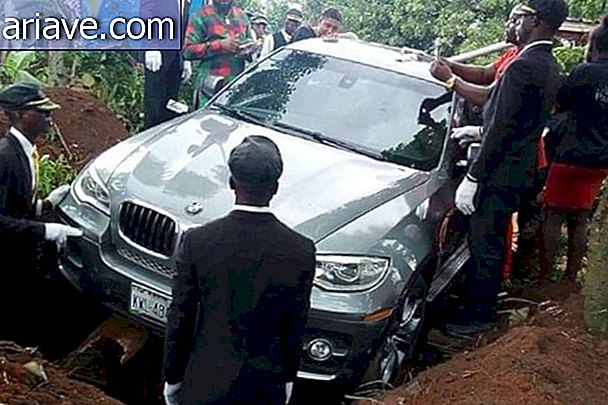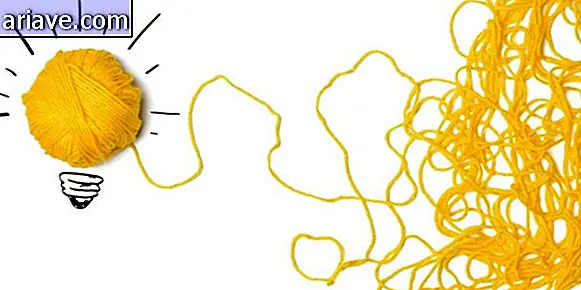What would happen if an asteroid appeared by surprise? We would be chipped
We here at Mega Curious have already posted several articles about the initiatives being developed to deal with the approach and the possible impact of asteroids against our planet - and you can find a selection of them through this link. NASA itself is working on a program for detecting, monitoring and assessing risks related to objects on a collision course with Earth and has even done a test with the system.
The problem is that, despite all the projects currently under development, there is still no tried and tested method of, say, deflecting or destroying a space rock that decides to come our way. And considering that - only - NASA detects an average of five new asteroids every day, the possibility that one of these objects will hit us one day is quite real.
What if...?
This brings us to a very worrying question. Imagine that from these asteroids that NASA discovers every day, the space agency scientists identified a very large one, and worse, on a collision course with Earth in weeks or days. What would happen? In few words? We would be chipped!

According to Bec Crew of Science Alert, NASA's Joseph Nuth explained during the annual meeting of the American Geophysical Union that this week took place that, frankly, there is not much to do if the situation arises. above introduce themselves now. According to Nuth, a space rock diversion or blocking mission would take years to complete, so the only time option would be mass evacuation.
As Bec recalled, in recent years we have had two “close” encounters. One happened in 1996, when a comet collided with Jupiter, and the other occurred in 2014, when another comet scraped past our neighbor Mars. For this second space object was discovered just 22 months before its approach to the Red Planet - which means that if Earth were on its route there would be no time to do anything.

According to NASA people, the time needed to organize and launch a deflection mission today is 5 years - much more than the space agency's warning time for the comet that passed through Mars.
Other alarming information is that scientists working on the detection and monitoring of potentially dangerous celestial objects have confessed that their attention is focused on asteroids, not comets. According to Bec, the Planetary Society has discovered approximately 60% of near-Earth asteroids and comets with short orbital periods, that is, less than 200 years old. And the remaining 40%? Let's hope nothing unexpected happens right now!
Action plans
NASA personnel recommend that an interception ship be built now - and be on the alert in case any celestial object on a collision course with Earth is detected. In addition, the agency's scientists suggest that another simpler spacecraft be created to be launched toward space rock to gather information such as its orbit, shape, movement and rotation.

With this data in hand, astronomers could more reliably determine where the space rock should be struck to divert its course, for example - and for that they would use a nuclear warhead or a kind of kinetic cannonball. With this system in place and ready, scientists estimate that a mission could be launched over a period of about one year.
Even so, the initiative would not exclude all risk. After all, with so many space rocks buzzing through space all the time, it's virtually impossible to keep one of them from hitting us sooner or later.
Historically, massive objects with the potential to trigger species extinction here on Earth reach our world every 50 or 60 million years. If this trend were an accurate prediction, it would mean that one of these huge boulders should not take long to hit us. Fear...











